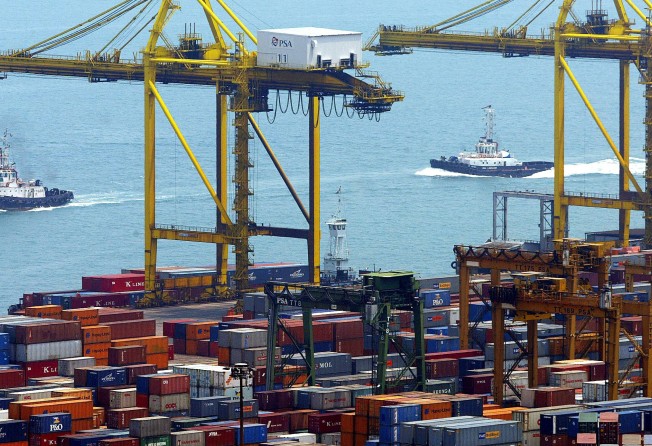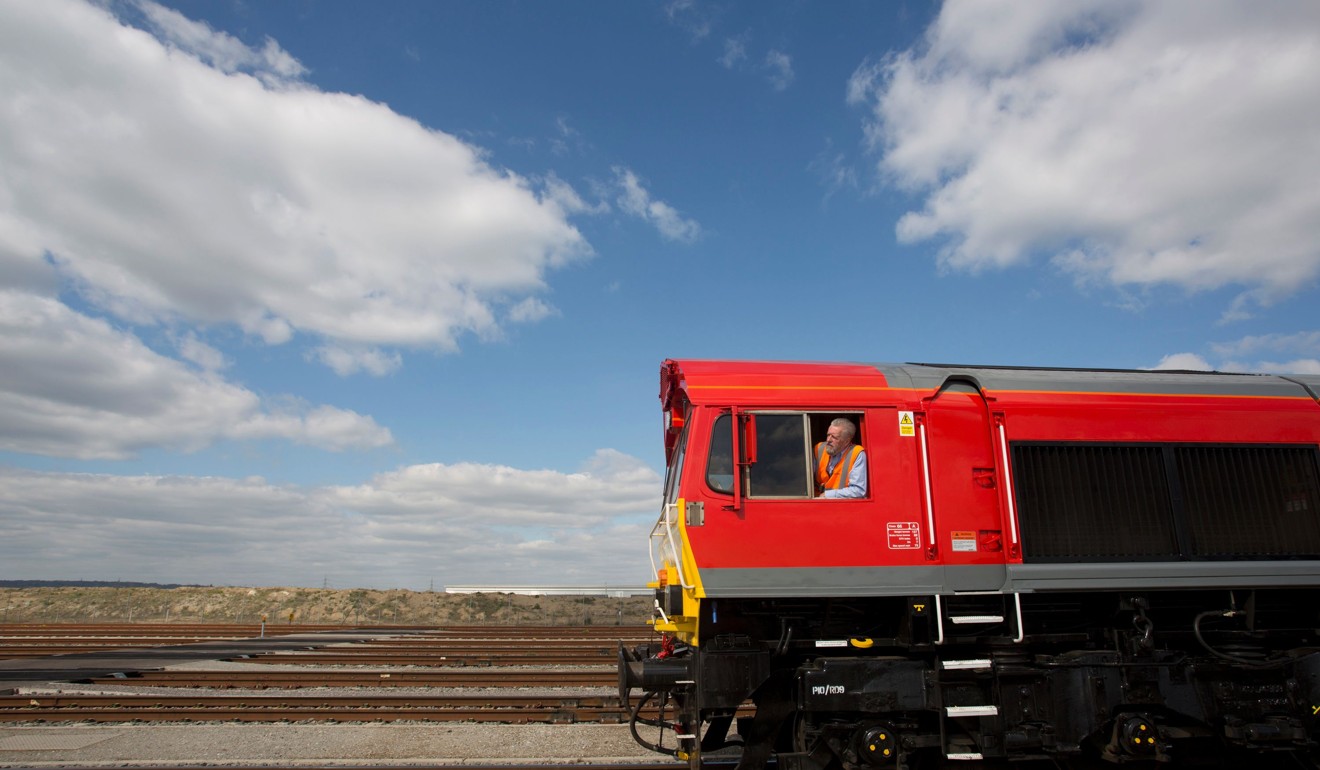How the Malaysian election result could change Singapore’s role in China’s Belt and Road Initiative
Andre Wheeler says Mahathir’s cancellation of the high-speed rail connecting Malaysia and Singapore is a blow to the Lion City’s belt and road ambitions, but it still has a role to play if it thinks out of the box

The newly elected prime minister and government in Malaysia has sent an unwelcome shot across the bow of Singapore with the announcement that Malaysia is withdrawing from the high-speed rail project connecting Singapore and Kuala Lumpur. While there had been some controversy around the project in both countries, the rail project should not be seen in isolation but as a key component connecting Singapore to Chinese inland logistics hubs, such as Chongqing, thereby improving Singapore’s port role in the new Eurasian trade paradigm being created by China’s “Belt and Road Initiative.”
So, when Mahathir Mohamad claims Malaysia gains nothing strategic from the high-speed rail, he could be suggesting that it is not in the nation’s economic interest to fund infrastructure that assists a competitor in providing maritime and other services to businesses wishing to participate in China’s belt and road. News reports do not appear to have fully grasped the potential impact of this decision as Singapore becomes increasingly distanced from the initiative. The China-Singapore agreements amount to nothing more than a commitment to cooperate. Unlike the proactive approach taken by Hong Kong since the inception of the initiative, Singapore seems to be reacting to events around it.
Watch: What Mahathir’s election victory means for Malaysia
Singapore has given the market mixed messages on how to engage with China – from Singaporean Minister for Trade and Industry Chan Chun Sing’s comments at the recent Davos World Economic Forum to Home Affairs and Law Minister K. Shanmugam shrugging off the idea of the country being cut off from the belt and road in a speech last year.
The paradigm that drove Singapore’s success was to innovate so that it could punch above its weight
Singapore currently enjoys a favourable funding relationship with China – 33 per cent of China’s outbound investment in belt and road countries and 85 per cent of inbound investment related to the initiative pass through Singapore. However, Singapore must look beyond simply being a trade port and logistics hub. It needs think about what value it can add, particularly considering that the belt and road plan aims to secure China’s economic and energy security by bypassing the Malacca Strait choke point.
The paradigm that drove Singapore’s success was to innovate so it could punch above its weight. Sadly this has translated into a “bigger is better” approach, with Singapore engaged in building bigger projects, rather than what adds real value. Why build a superport in Tuas, expand Changi Airport or give the maritime sector S$100 million (US$74.33 million) to develop port and shipyard facilities?
The Malaysian election result and the suspension of the high-speed rail brings these decisions into sharp focus. A number of regional developments point to Singapore’s location, once its strength, becoming a liability. It could be said that Singapore’s location makes it vulnerable as other countries along the way make for an easier rail or ship freight pairing.
A number of regional developments point to Singapore’s location, once its strength, becoming a liability
Trade is already beginning to bypass Singapore, passing through Pakistan, Myanmar, Malaysia, Indonesia, Thailand and Vietnam, reducing opportunities for Singapore to add value. Furthermore Shanghai and the Yangtze River port system are already ahead of Singapore in terms of handling capacity, automation and new technology.
These new passages connect with Chongqing, placing Singapore among a “pack” of competitors. However, Singapore needs the cooperation of Malaysia and Thailand to fulfil its potential.
Exacerbating the poor outlook is that Singapore’s petrochemical dominance is also being challenged. Consider the new petrochemical plant in Nanning, connected by oil and gas pipelines running from Myanmar’s Kyauk Phyu, where a deepwater port will soon be established. This gives China further energy security as it allows the Malacca Strait to be bypassed.
Singapore does not seem to fully appreciate that the belt and road is an integrated plan connecting markets via the pairing of rail and inland ports with maritime economic passages. In 2017, China announced its three blue economic passages, which align ports, rail and road infrastructure to connect with the Indian Ocean and Africa, with Australia and South Pacific, and with Russia and Northern Europe. As is evident, rail plays an important role, now sadly missing in Singapore’s mix.
The new intermodal transport being created is changing the cost of freight and trade. Traditionally, freight was assessed on the basis of port-to-port delivery costings, playing into Singapore’s strategic location. With the growth of business-to-business trading, assisted by technology, the focus is now on door-to-door delivery.
While shipping will still play an important role in freight transport, rail offers a commercial alternative as it is faster and more regular. Companies have welcomed this as it reduces costs associated with high inventory levels, warehousing and financing. A further advantage of rail is it addresses a major issue in shipping, that of reducing carbon emissions by moving to cleaner, more expensive fuels to meet new Emission Control Area regulations.

However, there is a gap within the Belt and Road Initiative that Singapore can fill. For the initiative to be successful, it needs an integrated technology platform that allows greater visibility of the supply chain. This can be achieved through blockchain and other software approaches, presenting an opportunity for Singapore to lead in making the Belt and Road Initiative smarter.
The potential exists to create an Asian-style Silicon Valley, the difference being that the IT platform adds value by integrating banking, financial and professional services that facilitates global trade. The question is whether the Singapore government has the insight to deliver something new, or remain within existing paradigms.
Andre Wheeler is CEO of Asia Pacific Connex, with more than 25 years’ experience in international business. He is working towards his doctorate on the impact of China’s Belt and Road Initiative on infrastructure and logistics in the Asean region